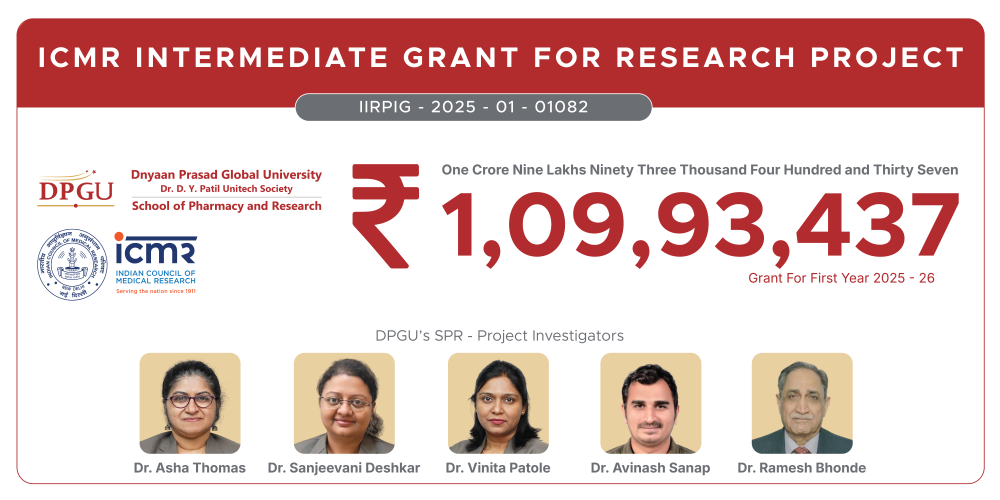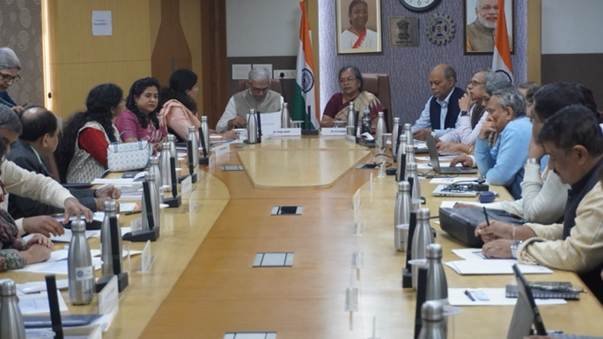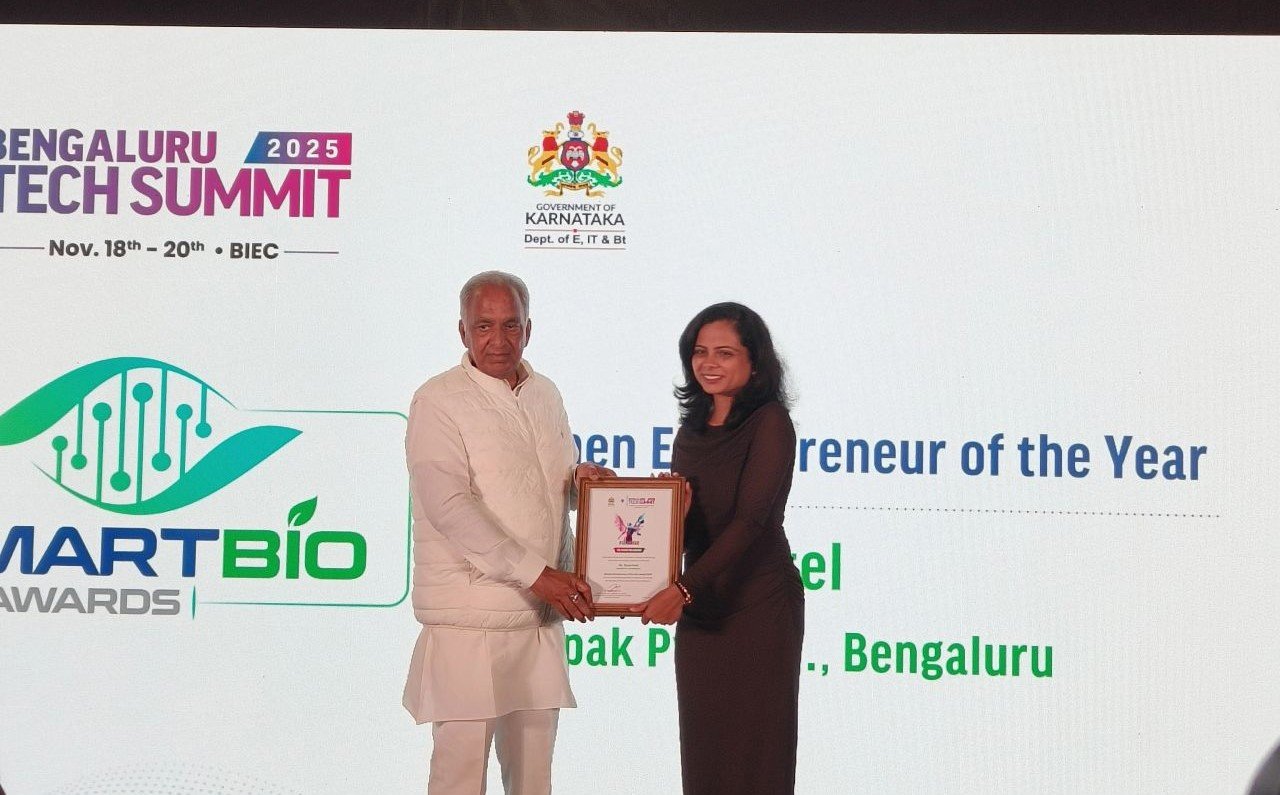Combination Vaccines Boost Immunization
March 10, 2009 | Tuesday | News
Combination
Vaccines Boost Immunization

-Dr.
Satish D Ravetkar, senior director, Serum Institute
The Greeks had two Gods
of health, Aesculapius and Hygieia, meaning therapy and prevention
respectively. From ancient days to twentieth century, medicine is
revolving around these two points. Vaccines belong mainly to second
category proving the proverb ‘prevention is far better than
cure’.
Like any other discipline in vaccinology, which continuously kept
developing, more novel vaccines posed substantial economic, social and
logistics issues.
Major breakthrough
Providing the vaccines as separate injection is not only expensive but
also leading to distressed parents and providers. The shipment cost of
vaccines coupled with cold storage and administration cost many a times
exceeds the cost of vaccine itself. The entire success of immunization
program can be jeopardized with missed vaccination schedules. With the
acute need for right spacing between two vaccine injections and the
need for booster, even best vaccine fails in field. All these
complex issues are resolved by using combination vaccines. Even though
the first combination vaccine licensed in the US was approved in
November 1945, the combination vaccine concept has caught up in the
last decade with the dramatic consolidation in vaccine development; one
of the peculiar situation during this period was newer vaccines
were developed and mainly at affordable cost by developing
world. More need was felt to revisit the concept of combination vaccine
to innovate further.
A combination vaccine as name suggests consists of two or more separate
antigens that have been physically combined in a single
preparation. One must remember to differentiate between simultaneous
vaccines which are administered concurrently but are physically
separated. In fact this very concept partly gave stimuli for
the development of more combined vaccines.
Issues
There are however lot of issues in production of combined vaccines.
Chemical or physical interactions among the vaccine components being
combined can result in alteration of immune response to different
antigens mixed together. The factors like type of gel
suitable for individual antigen or no gel required can also alter the
immune response to antigens being mixed together. In addition
to this buffers, excipients and salts, which are good for one antigen
can be harmful in terms of immunogenicity of other antigen.
Circumventing all these issues to produce effective combination vaccine
is real challenge to modern vaccinologist. In spite of this the world
vaccine market is having lot of combination vaccines like DtaP/IPV,
Tdap/IPV, DtaP/Hib, DtaP/IPV/Hib, DtaP/HepB/IPV, DtaP/HepB/IPV/Hib,
HepB/HepA, HepA/Typhoid, Mnc/Hib, DtaP/Hib, DtaP/Hep/IPV, HepB/Hib,
DT/IPV, Td/IPV, DtaP/IPV, DtaP/IPV/Hib, DTwP/IPV, DTwP/Hib, DTwP/HepB,
DTwP/HepB/Hib, DTwP/IPV/Hib and list continues to grow.
The need for huge investment for the clinical trails pose challenge
while developing combination vaccine. More funding for combination
vaccine particularly for those being developed in developing countries
is essential. The cost of combination vaccine against the cost of
individual vaccines and their relation to development cost is very
sensitive and critical. It’s also a case many a times that
single manufacturer may not have all the antigens being manufactured by
himself. In that case consolidation of various manufacturers becomes
rule of the industry, which luckily seems to be working well.
This synergy is also benefiting in terms of exchange of knowledge
between various companies. Combination vaccine trials should also be
prospective, randomized and as fully blinded as possible and should
have appropriate and ample control groups. Number of subjects
should also be enough to confirm to Good Clinical Practices
(GCP). Common practice in vaccine industry
is to conduct non-inferiority trials
which provides statistical assurance that the investigational
product is not inferior compared to standard product. The
candidate vaccine may also be superior or equivalent but not inferior
to the standard product available in the market.
Future trend
The future trend will be to develop combination vaccines depending on
the need of that part of world considering various factors.
By reducing number of injections, combination vaccines help to
facilitate immunization against more and more diseases with lesser cost
and better coverage, which will certainly benefit mankind.
It’s up to international agencies like GAVI, UNICEF, WHO and
PATH to have co-ordinated efforts to make these costly vaccines
available to developing countries where majority of infant population
resides. The opportunities, possibilities and market potential are so
encouraging that new players will enter the field to leverage advantage
of growing market of combination vaccines.
Market
potential
The market potential for combination vaccine is huge. In
2007, combination vaccines generated $850 million in
revenues. The combination vaccine are slated to cross $2
billion mark in 2013, which implies annual compound growth of more that
17 percent. |










